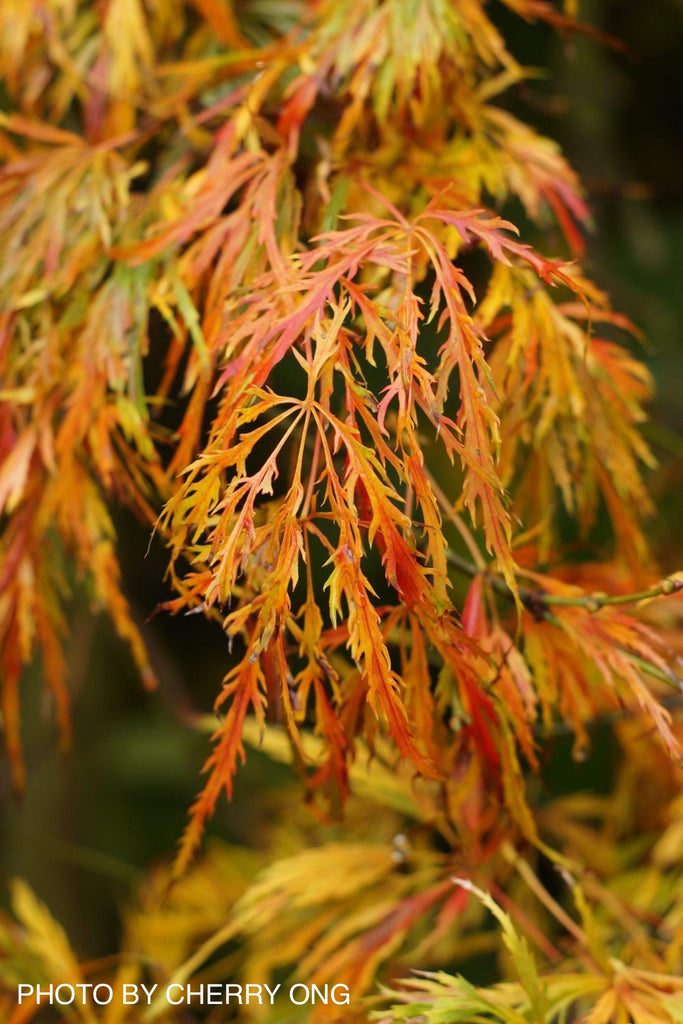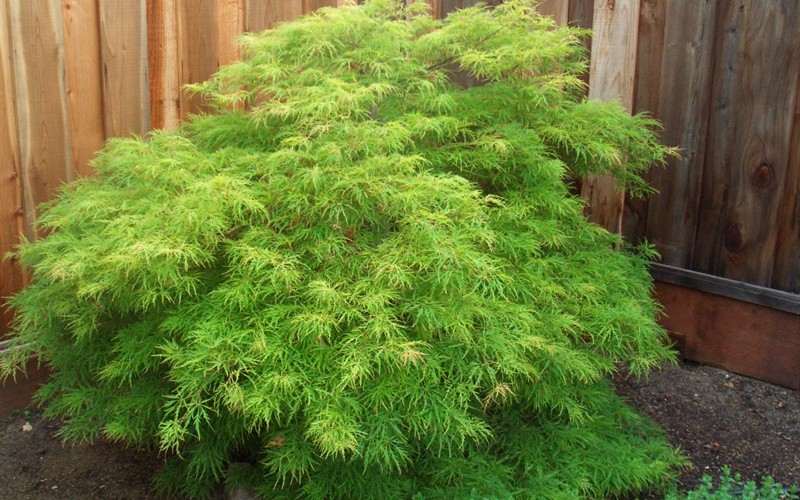

WATERFALL JAPANESE MAPLE FULL
The ornamental Japanese maple trees grow best in full sun to partial shade. It’s easy to grow Japanese maple trees in a garden. The maple leaves are 1.5” to 5” long (4 – 13 cm), and small clusters of flowers form in spring. (6 – 10 m) however, dwarf Japanese maples reach between 4 and 8 ft. Japanese maples can grow between 20 and 30 ft. Japanese maples are identified by their rounded crown, palmately lobed leaves, and magnificent fall colors. The decorative maple trees are suitable for growing in USDA zones 5 through 9. Japanese maples are deciduous trees and shrubs that lose their leaves in the fall. As their common name suggests, Japanese maples are native to Japan, Asia, and southeast Russia. Japanese maple trees are small flowering trees or large shrubs in the woody plant genus Acer. These pests can harm your plant, but regularly mist your tree with water, a simple anti-insect solution.The ornamental Japanese maple tree provides stunning autumn color to enhance any garden landscape The Japanese waterfall maple is prone to sap-eating aphids. Whichever method you use will grow a new tree. You can propagate this bonsai through cuttings, seeds, and air layering.

Combine the solid option with a liquid fertilizer once a week for quicker growth. Follow the product’s instructions for dosage, as this will keep the bonsai growing well. Use solid organic fertilizers that provide all needed micronutrients. As long as the temperature is below 85☏, you can keep the tree in direct sunlight without fear of damage. Place the tree outside if possible, as this will benefit its growth. However, more direct sunlight will affect the vibrancy and color of the tree’s leaves. Keeping the bonsai out of direct sunlight will protect its leaves. The waterfall Japanese maple thrives best when kept in the shade but exposed to plenty of sunlight. As this places stress on the tree, it’s best not to do it every year. This action will encourage a more refined set of leaves to grow and flourish. When pruning leaves, prune all of them during the growing season. When cutting large branches, use a cut paste to help protect the tree from fungal infections. For bigger branches, only cut them during the summer or autumn months to allow the tree time to heal. Pruning can be done your round if you’re only clipping the shoots and twigs. For best results, use a thin, covered wire with a decent level of stiffness. Be careful during this princess, as the wire can easily cut into the tree. To shape the tree, use thin wire to bend the branches in the desired direction slowly.

To prevent any infection or disease in the area, ensure the scissors or shears are sharp and clean. Use a chopstick or pencil to separate the roots and make it easier to cut them. The tree has quick-growing roots that quickly fill the pot within two years.Īs the roots regrow at a quick speed, you’ll need to prune them carefully.

Repot your waterfall maple every two years into a well-draining soil mix. When watering, a slightly acid or neutral pH is best. Ensure the soil is evenly watered but never waterlogged as this will cause severe damage. Often you’ll need to water the tree each day however, on hot days or during the warmer months, you may need to do this several times per day. Japanese maple bonsai trees require plenty of watering. However, if possible, use the recommended soil mixture. Watering less with denser soil won’t affect the tree too poorly, as it’s still exposed to the needed amount of water. This lowered frequency will help prevent any damage from overwatering that would occur. If the soil you use isn’t well-draining, you’ll likely water the bonsai less. One of the best options you can purchase for this is an Akadama mixture containing pumice and lava rocks to allow for quick draining. The best soil to use for your waterfall Japanese maple bonsai is a well-draining mixture. Additionally, we’ll cover in-depth explanations on pruning and shaping the Japanese tree and where best to keep it for optimal growth. Here, we’ll explain the best soil mixture, watering pattern, and repotting times for a Waterfall Japanese maple bonsa i.
WATERFALL JAPANESE MAPLE HOW TO
How to Care for a Waterfall Japanese Maple Bonsai


 0 kommentar(er)
0 kommentar(er)
